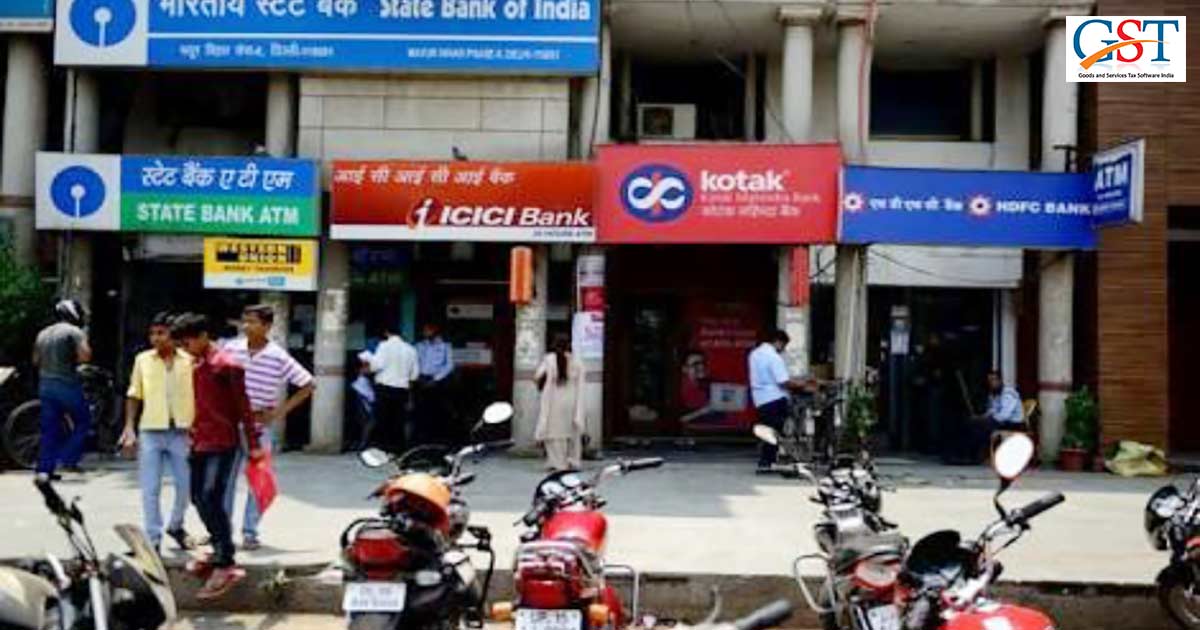The Fiscal Year 2018 recorded a 7.2% decline in securitization volumes. While there are many reasons for a decline, increase in PSLC volumes by banks and GST ambiguities are the major reason for the decline.
Reportedly, PSLC’s were introduced by the erstwhile RBI Governor, Raghuram Rajan. Through PSLC Banks try to meet their lending shortfalls. PSLC is market-driven interest subsidy designed to achieve welfare goals in a market-friendly way.
Some Key Reasons for the Decline Include:
- Ambivalent GST: The GST ambiguities resulted in a sharp drop in retail assets securitization. Reportedly, it had grown by a considerable margin in Fiscal Years 2015-2017. Previous Large contributors that accounted for ⅕th of the total securitization volumes remained dormant following the ambiguities over GST Norms and provisions.
- Higher Interest rates: The recent increase in Interest rates at the end of the year had a negative impact.
- De-Growth in Retail Loans: At Rs 84,700 crore Retail Loans remain the biggest contributor to securitization. However, experts say that the retail loan is a 95,100-crore market. By this account is reduced by 6.5 percent this Fiscal Year.
- PSLC Trade Volumes Grew 3.7 Times During the Period.
Securitisation volumes were growing at a compound annual growth rate of 53.5 percent during the last two fiscal years. A report by rating agency Crisil says that securitization volumes will continue to be driven non-PSL assets. Furthermore, the report predicts a positive comeback post clarification by the GST Council on the applicability of the indirect tax to such assets. The demand for non-priority sector lending (PSL) securitization is strong. Securitised assets not to be taxed under GST brings high hopes for a big U-turn from the deceleration in transaction volume recorded last fiscal year.










